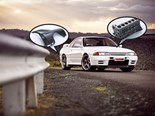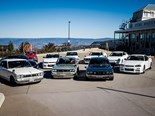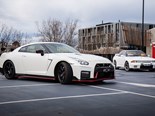1989-1994 Nissan Skyline R32 GT-R Buyer's Guide
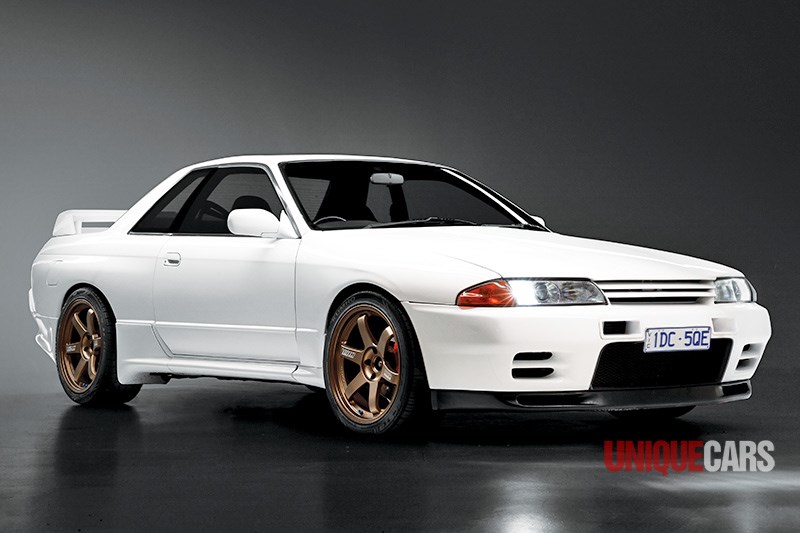

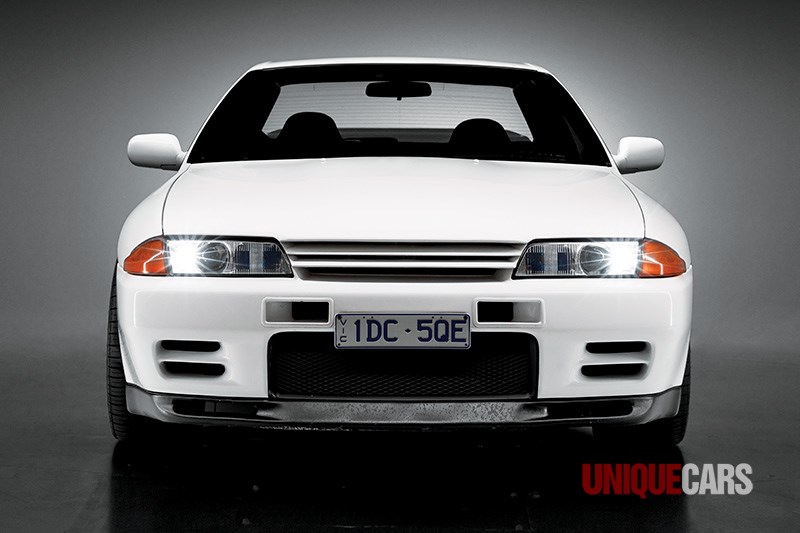


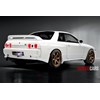


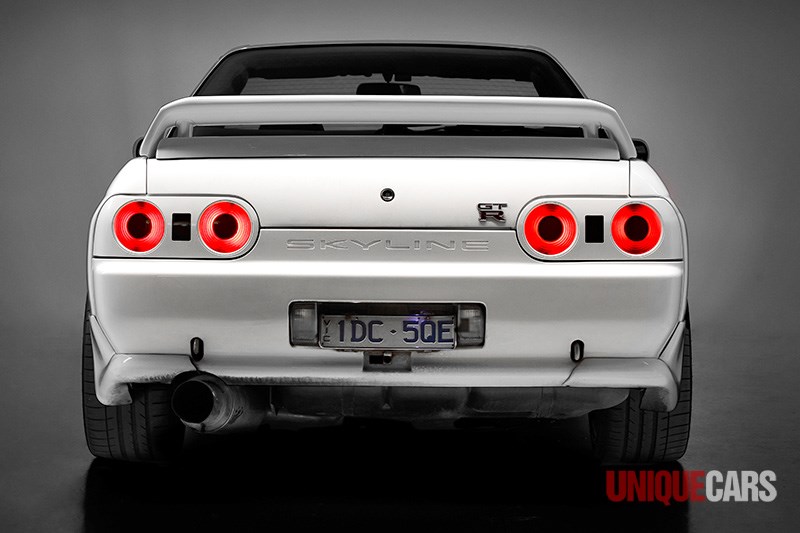


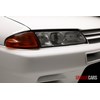
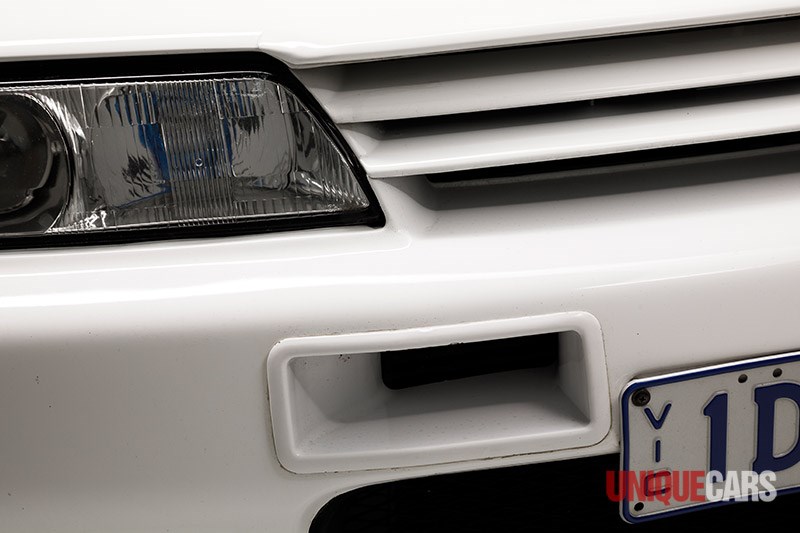

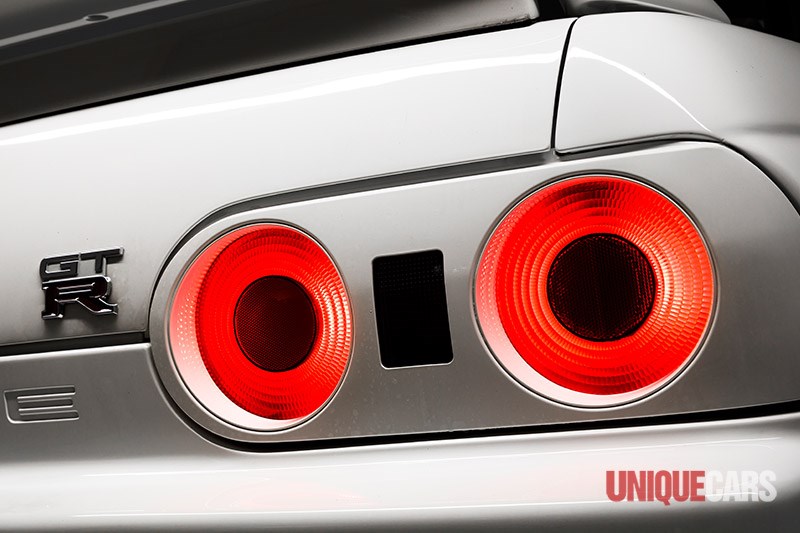

.jpg)
.jpg)


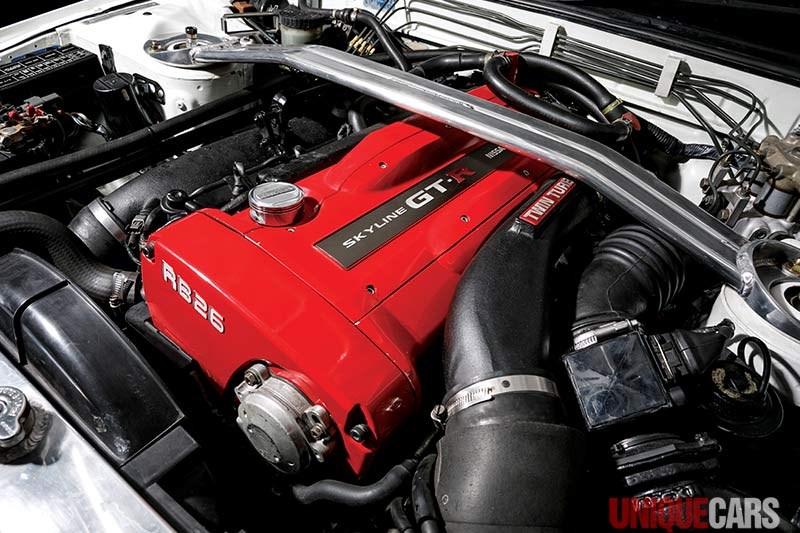

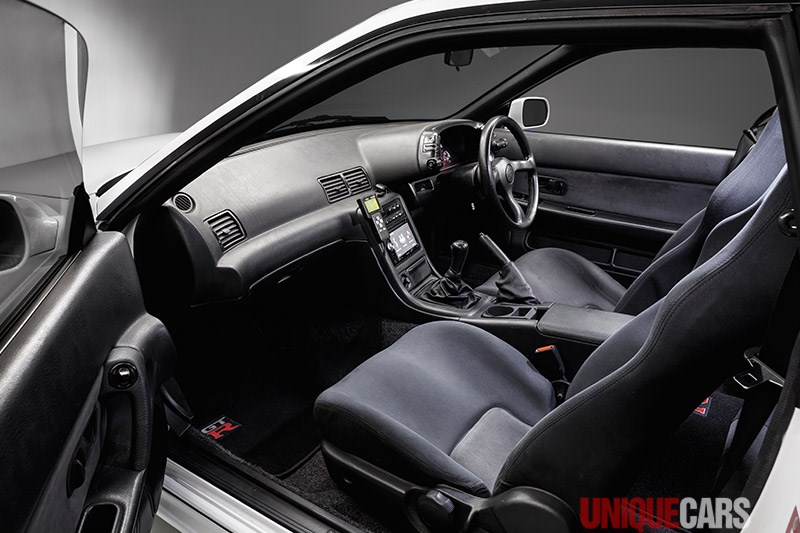

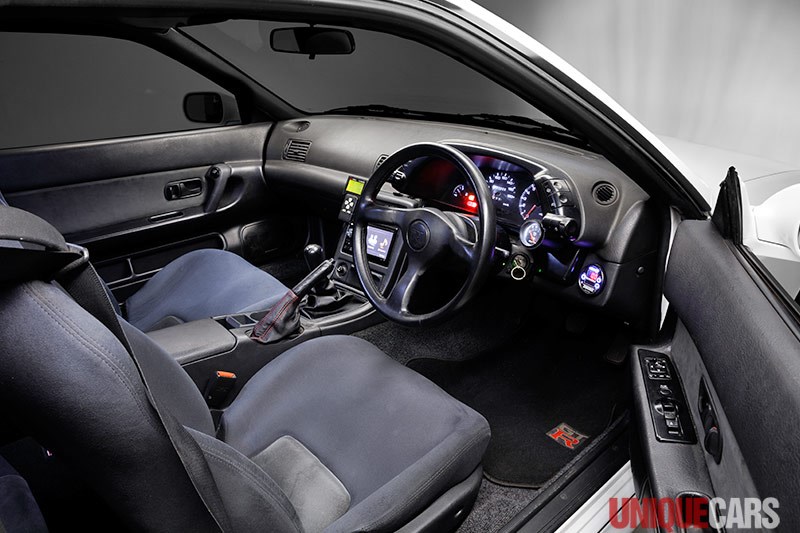


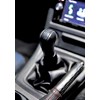
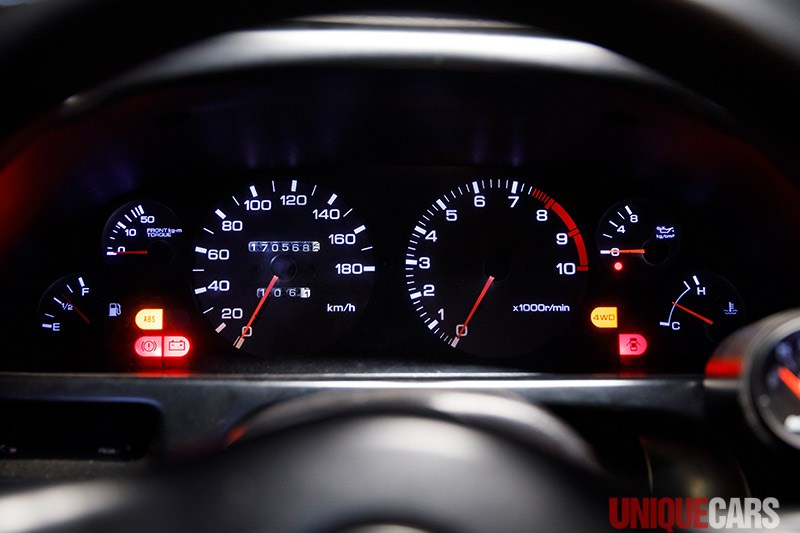


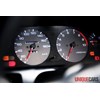





|

|

|

|

|

|

|

|
.jpg)
|

|

|

|

|

|

|

|

|

|
Nissan's R32 GT-R of 1989 was a perfect storm of economic excess, and the pursuit of technical brilliance!
Nissan Skyline R32 GT-R
The late-80s to the dawn of the millennium was the Japanese auto industry’s halcyon period. We’ll likely never see anything like it again.
Manufacturers were flush with cash thanks to Japan’s booming economy, compounded by the era’s techno-futurism; Nissan in particular was not hesitant at all to throw ludicrous amounts of development dollars at its catalogue offerings, with years of over-engineering landing the manufacturer in financial hot water by the end of the 90s.
It couldn’t last, and Nissan ultimately had to find sanctuary in a part-buyout by Renault which – given recent headlines – plagues them to this day. I may be digressing but it pays to understand the context into which the Yokohama brand’s greatest road-going cars were born.
 Bland styling you say Cliffy? You guys be the judge
Bland styling you say Cliffy? You guys be the judge
Chief amongst these, and arguably none more pivotal, was the heroic Nissan Skyline R32 GT-R.
The GT-R badge hadn’t been seen for 16 years, after the second-generation KPGC110 GT-R was axed after the 1973 Oil Crisis, with just 197 road cars escaping the factory.
While Nissan never lost its motorsport intentions, its lacklustre R-30s and R-31s never held a candle to the original Hakosuka’s 49-win streak in Japanese touring cars.
| Read next: Nissan's Nismo Heritage Program puts RB26 engine back into production
With the coffers full of cash – Nissan needed a fresh start.
Project leader Naganori Ito took on all of Nissan’s sports car projects in 1985, and began development of Project GT-X.

Ito-san observed that all supercars and prototypes of the era were turning to four-wheel drive, all-wheel steering, turbochargers and composite materials; he drew inspiration in part from Nissan’s own MID-4 prototype, as well as Porsche’s world-class 959.
The MID-4 prototype of 1985 looked like a mix of equal parts Honda NSX, Ferrari Testarossa… and whale – but featured a complex Ferguson viscous centre diff system that sent 33 per cent of torque to the front wheels and 67 per cent to the back, as well as a newfangled four-wheel steering system dubbed ‘HICAS’.
| Old vs New: Nissan Skyline R32 GT-R v Nismo R35 GT-R
As a proof of concept, Nissan engineers developed three test mules – one in standard rear-drive layout, another with an Audi-style fixed-torque-split, and one with the MID-4’s Ferguson diff.

It’s said that the rear-drive mule exhibited far too much oversteer, while the two others both understeered. The viscous system was deemed best, but wasn’t up to scratch.
Engineers were tasked with developing a multi-plate clutch system, within a year’s deadline. If they couldn’t achieve a practical solution, Project GT-X would storm on as a rear-drive car.
The result was Nissan’s ground-breaking ATTESA dynamic torque-split system, developed following a tear-down of a Porsche 959’s wet multiplate clutch and variable electronic torque-split system.
The R32’s other party trick was aforementioned HICAS four-wheel steering system that utilised a hydraulic actuator to steer the rear wheels up to one per cent in either counter or the same pitch depending on speed. It might sound marginal but had a tangible effect on predictable handling and yaw – and speaks to Nissan’s engineering endeavours to incremental development at a time when Porsche was still scratching its head over the 964, and BMW’s ubiquitous M3 was still powered by a four-pot.
 All-wheel drive and four-wheel steering made the GT-R a formidable grip monster
All-wheel drive and four-wheel steering made the GT-R a formidable grip monster
The heart of the R32 GT-R, and all of the succeeding R-chassis GT-Rs, was the fearsome RB26DETT 2.6lt inline-six engine. Comprised of a cast-iron block and aluminium head with four-valves per cylinder, the engine was a powerhouse developed and destined for Group A racing, right from its inception. While the RB engine appeared years earlier, the GT-R’s engine had two Garrett T25 ceramic turbos strapped to the side with six individual throttle-bodies yielding a package equally as complex as the chassis underpinnings.
Nissan initially quoted the power output at a sensible 206kW, but then again, so was every Japanese sports car of the era – thanks to a ‘gentlemen’s agreement’ between manufacturers about advertised power outputs. In reality, it’s widely accepted that the RB26’s true output was somewhere closer to 243kW.
Project GT-X came to a close in May 1989, when the mainstream R32 Skylines (GTS, GTS-T and GTS-4) arrived in Japanese dealerships. August 1990 saw the arrival of the GT-R, and the rest – as they say – is history.
You all know the story – back-to-back wins at Bathurst in 1991 and 1992, 29 of 29 wins in global Group A races, 29 of 30 wins in FIA Group N, and – inclusive of succeeding R33 and R34 generations – 92 wins of 98 races in Japan’s Super Taikyu series.

As celebrated in car culture as the R32 GT-R is today, you’d be forgiven for missing that it was a sales flop for Nissan in Australia.
Nissan famously brought in just 100 cars, with $110,000 price tags. With inflation, that’d be nudging $250,000 today – ludicrously expensive, with many buyers turned away.
These ADM cars remain the most collectible, with a number of cars coming to market recently attempting to cash in on headline-grabbing sales of upwards of $70,000.
They’re still fetching nowhere near their as-new price tags however, and most ADM owners will only drive them sparingly for fear of ruining the value. If this is a car you want to drive and enjoy (and we insist you do!), you’d be smarter for looking to one of the countless grey-imports brought into the country over the decades.
Like this one. It’s owned by… well, me…
 With individual throttle bodies and twin turbos, the RB26 was hugely complex
With individual throttle bodies and twin turbos, the RB26 was hugely complex
It’s a 1994 Series 3 car finished in Crystal White, which was the second most prolific colour (18.33 per cent), behind the hero Gun Grey Metallic colour (44.90 per cent), out of a total of 43,937 cars produced.
It had its engine rebuilt by the previous owner, which was a requisite of mine when buying, as many on their original blocks will be up for rebuilds soon thanks to years of being treated as bargain-performance cars.
Long gone are the days when these cars could be picked up for between $15,000 and $20,000.
$25,000 will get you a rolling shell these days, with $35,000 affording you entry into the market.
 Ergonomics show standard Japanese quirkiness, with light and wiper controls atop the cluster surround
Ergonomics show standard Japanese quirkiness, with light and wiper controls atop the cluster surround
We’d recommend spending more than that, with more acceptable and closer to original cars fetching $45,000-$50,000.
These cars saw a price surge back in 2014, largely thanks to the USA’s rolling 25-year rule for import eligibility. The previously Skyline-starved nation sent the Japanese auction houses into a frenzy, with Australian sellers jacking up their prices accordingly.
Thankfully, that flurry seems to have eased up, and enough time has passed that those who were keen to enter the market now have their cars. Having said that, 2020 will see the R33 GT-R legal on US roads for the first time. If you’re after one of those, we’d suggest looking to buy sooner rather than later…

NISSAN R32 GT-R BUYING TIPS
- Cliff Chambers
If the automotive world was a logical place, the 100 Nissan R32 GT-Rs shipped here in 1991 would have been sold before they left the dock and now be challenging Porsche Turbos in the collector-car market.
Instead they haven’t managed to recoup the heavily discounted money – list price was $110,000 and nobody paid that – outlaid by original owners. Worse still, this ground-breaking, record-shattering car spent years as a pariah of the performance vehicle world.
Fortunately, the people who scorned the GT-R have achieved maturity or just disappeared and the R32 ‘Godzilla’ is being celebrated.
Performance from a car that in some jurisdictions qualifies for ‘vintage’ registration is still prodigious. The only issue the GT-R can’t control and which does impact on its market appeal is bland styling. Maybe a loud exhaust can help.
 Seven and a half thousand redline was a big deal back in the day
Seven and a half thousand redline was a big deal back in the day
Cars arriving from Japan during the past 20 years have varied in quality but that doesn’t entirely account for the depressingly low values that were in place 10-15 years ago. Japanese Value Guides published before and during the Global Financial Crisis show average prices for import GT-Rs at $25,000 in 2006 and drifting slightly lower by 2009.
The market during the past ten years has changed and values are now climbing quickly. People who back then spent $25-30,000 on excellent Japanese-spec car should be happy and those with a local one will be doing cartwheels.
Local cars carry a Nissan Australia compliance plate and the Vehicle Code 40ZKBNR32RX. Those imported under the RAW Scheme or earlier as Special Interest Vehicles need other certifications and must come with of their all original documentation.
2019 Value Range Skyline R32 GT-R (JDM Import)
FAIR: $35,000
GOOD: $45,000
EXCELLENT: $55,000
(Note: exceptional cars will demand more)

BUYER'S CHECKLIST
BODY & CHASSIS
Rust isn’t a major issue with Australian-delivered GT-Rs but imports in particular need to be looked at underneath, around body seams, lower doors and wheel-arch extremities. Crash damage is a more significant issue and much more costly to rectify than a bit of peripheral rust. Look for kinks to the chassis rails, poor door fit, partial repaints and mismatched lenses. The extra weight of that hefty rear wing can weaken boot-lid supports and water may leak through mounting holes. Colour is a matter of buyer choice, however a GT-R that has been refinished in a glaringly non-factory shade is a candidate for repainting or having a significant amount shaved off its selling price.
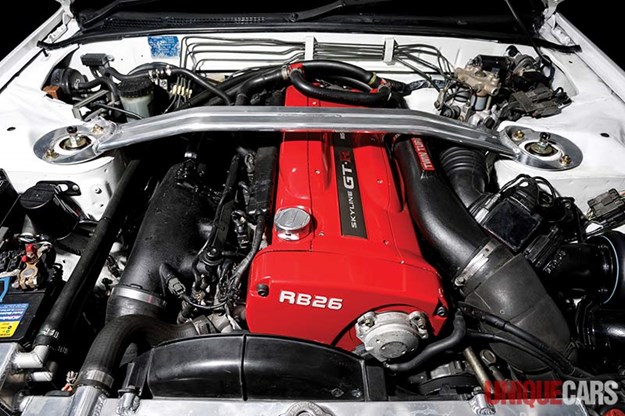
ENGINE & TRANSMISSION
There is a lot that can go wrong beneath a GT-R bonnet and the best way to avoid massive repair bills and unreliability is to find a car that has been serviced at least every 5000 kilometres. Even then make sure it is checked by a turbo specialist to identify faults or any shonky mods done by a previous owner. Check under-bonnet hoses and plastic components for perishing and heat damage and around the cylinder head for oil leaks. The clutch is the most vulnerable of transmission components and will cost more than $1500 to replace. Listen for clunks from rear drive-shafts or the differential – both can also suffer from driver abuse.
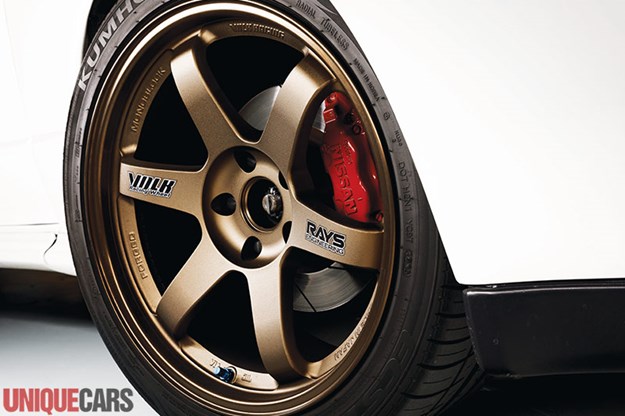
SUSPENSION & BRAKES
HICAS four-wheel steering is not the kind of assistance most drivers want in a car like the GT-R and it may have been disabled. Also check on an empty section of road that aged ABS sensors still work. Standard dampers can last less than 30,000 kilometres and suspension rubber bushes deteriorate at the same rate. When new these cars sat high and level with plenty of free-space visible between the wheel-arches and tyres. A car that sits noticeably nose-down may be suffering sagging suspension or have had its springs shortened. Either will affect ride quality and steering response. Brake rotors can warp due to excessive heat.

INTERIOR & ELECTRICS
With pretty basic materials and specification, there’s not a lot in the GT-R interior or electrical system to go awry but a check of every switch and gauge is recommended. The air-conditioning should activate with an audible click and send a strong stream of cold air through all the vents within 20 seconds. Interior plastics in regularly-used cars will suffer heat stress and the leather steering wheel could be starting to peel or have been replaced. Seat bolsters in low kilometre cars should show only minimal wear. Be cautious if they are seriously damaged.
1989-1994 Nissan Skyline R32 GT-R specs
NUMBER BUILT: 100 (Australian-delivered) 43,837 (all other inc. V Spec)
BODY: all-steel integrated body/chassis two-door coupe
ENGINE: 2568cc in-line six-cylinder with twin overhead camshafts, fuel injection and twin turbochargers
POWER & TORQUE: 206kW @ 6800rpm, 355Nm @ 4400rpm
PERFORMANCE: 0-100km/h: 5.4 seconds 0-400 metres: 13.7 seconds
TRANSMISSION: five speed manual
SUSPENSION: independent with struts and coil springs, lower control arms and anti-roll bar (f) independent with multi-link location, struts and coil springs (r)
BRAKES: disc (f) disc (r) power assisted with ABS
TYRES: 225/50R16 radial
Unique Cars magazine Value Guides
Sell your car for free right here
Get your monthly fix of news, reviews and stories on the greatest cars and minds in the automotive world.
Subscribe

.jpg)









